Mount Huaguoshan (Lianyungang Huaguoshan Scenic Area) is located at the middle foot of Nanyuntai Mountain in Lianyungang City. It is the core scenic spot of national Yuntai Mountain Scenic Area, national AAAAA level tourist area, national civilized scenic spot demonstration site , the second batch of national key scenic spots and national geological parks. He has won many honorary titles such as "National Civilized Scenic Area Demonstration Site", "Eco-cultural Tourism Resort with Chinese Characteristics", "Ten Best Marine Tourism Destinations in Beautiful China", "50 Gold Awards of China's Most Valuable Areas for Foreigners", "China's Most Beautiful Cultural and Leisure Tourism Destination".
There are abundant wild plant resources in Huaguo Mountain, including more than 1700 species of plants. Among them, there are 1190 species of medicinal resources. Jin-inlaid Yuzhu and ancient Ginkgo biloba are rare tree species and water curtain caves in our province. They are habitats, Tang Sengya and famous ancient trees. They are important wild plant resource pools in Jiangsu Province, attracting Xu in our country every year. Many universities, scientific research institutes, experts and scholars come here to study. In the Tang and Song Dynasties, Cangwu Mountain, also known as Qingfeng Peak, was the main peak of the Yuntai Mountains and the highest peak of the mountains in Jiangsu Province. Li Bai: "Tomorrow will not sink into the blue sea, white clouds full of sadness." With Su Shi: "Yuyu Cangwu sea mountain, Penglai Abbot have no space", written are Yuntai Mountain. It is praised as one of the "four great spirits in China".
On August 3, 2016, the State Tourism Administration held a press conference to approve the Huaguoshan scenic spot of Lianyungang as a 5A-level scenic spot.
Lianyungang City, where Huaguoshan Scenic Area is located, is located in the central part of China's Wanli Sea, northeast of Jiangsu Province, east of the Yellow Sea, west of the Central Plains, north of Qilu, south of Jianghuai, and across the sea from Japan and the Korean Peninsula. The scenic area covers an area of 84.3 square kilometers, with 136 peaks in succession. Among them, Yunu Peak of Huaguo Mountain is the highest peak in Jiangsu Province, with an elevation of 624.4 meters. The cliffs are magnificent and magnificent.
Huaguoshan scenic spot belongs to the humid monsoon climate in the southern margin of warm temperate zone. There are not only warm temperate climatic characteristics, but also north subtropical climatic characteristics at the southern foot of Yuntai Mountains. There are climatic characteristics in the transitional zone from north to south, and the transitional zone from ocean to inland. The general characteristics are clear seasons, mild climate, adequate light, moderate rainfall, hot and rainy season. Perennial average temperature is about 14 C, annual average maximum temperature is 19 C, annual average minimum temperature is 10 C, neither cold nor heat. Secondly, annual average total precipitation is 920 mm, which is a wet type of rainfall; annual average relative humidity is 70%, which is very suitable for human comfort.
Visiting Huaguo Mountain is suitable for all seasons. Birds and flowers come in spring, waterfalls in summer, picturesque scenery in autumn and silver-coated in winter. Travel to Huaguo Mountain, climb mountains, sunrise at sea, the vast sea, sail point, immersion, make people suddenly feel "suspicious of life in the world"; Hudeng Huaguo Mountain, Yunshan Fog Sea, such as drawing, such as in fairyland. Rich natural scenery and splendid history and culture, exotic landscape features and colorful myths and legends, coupled with the exquisite description of the classical masterpiece Journey to the West, make Huaguo Mountain full of magical charm.
Huaguoshan Scenic Spot has been awarded "National Civilized Scenic Spot Establishment Advanced Unit", "National Youth Civilization Number", "National Key Scenic Spot Comprehensive Renovation Advanced Unit", "China's Top Ten Tourism Scenic Spots", "50 Local Gold Awards Worthy of Foreigners in China", "China's Most Beautiful Cultural Leisure Tourism Project". Territory
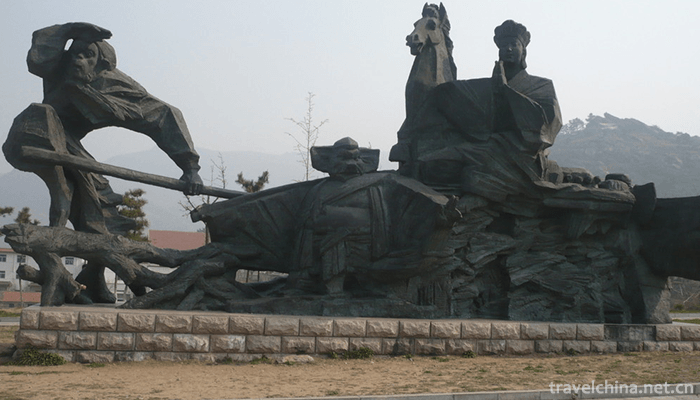
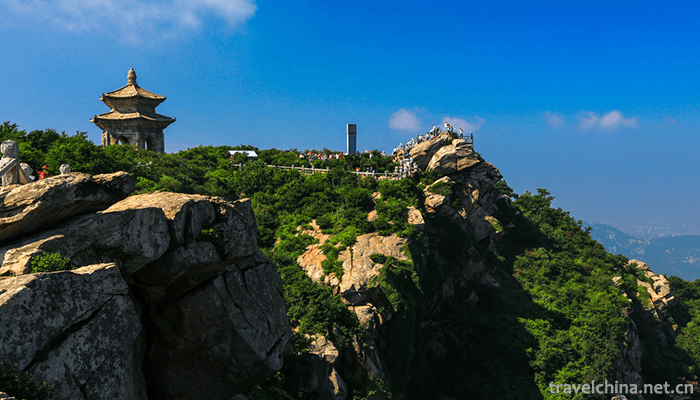
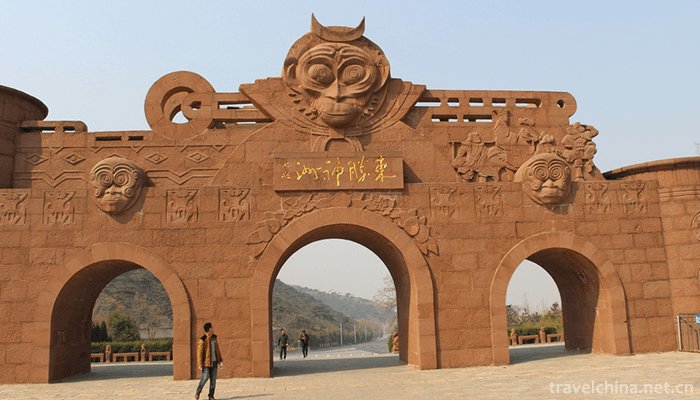
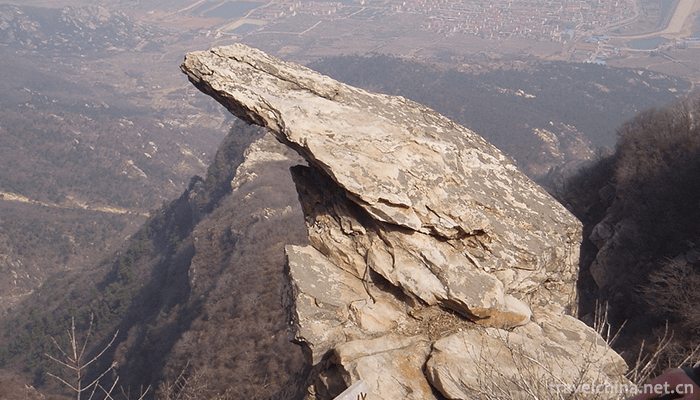
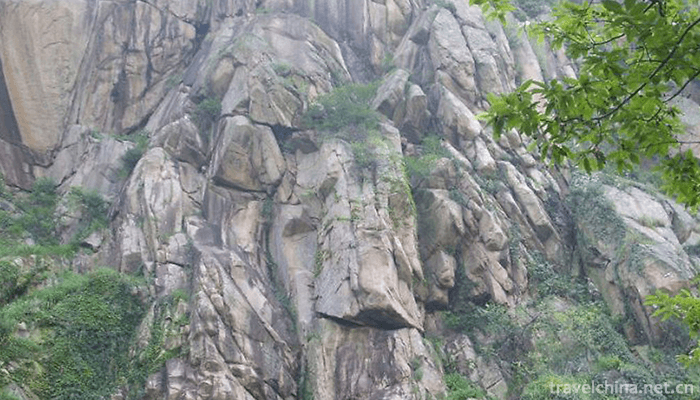
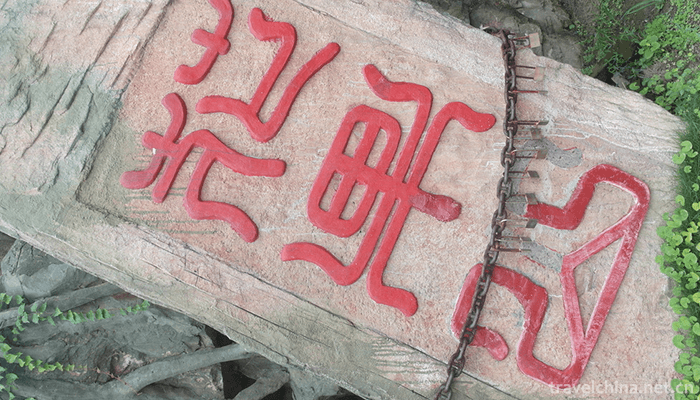
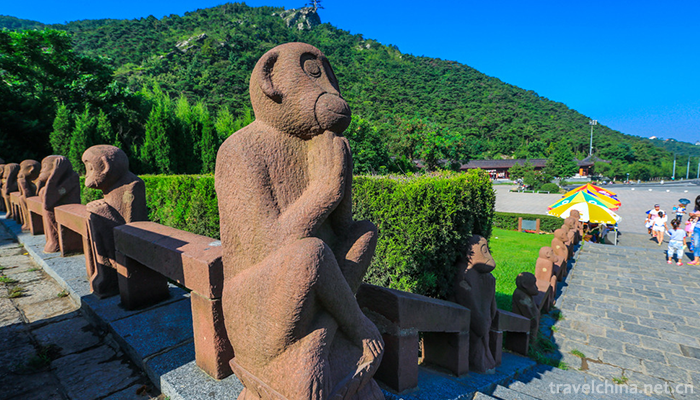
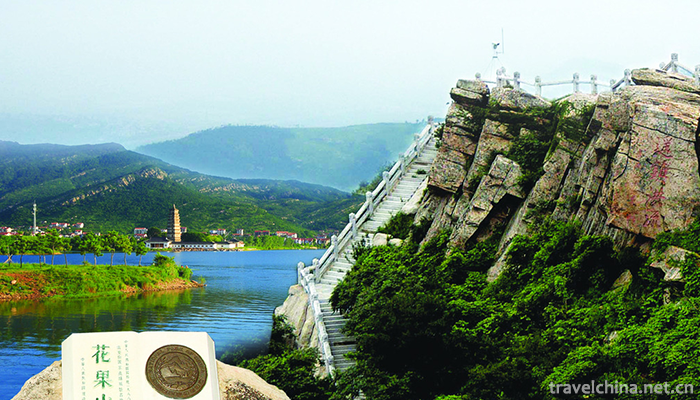
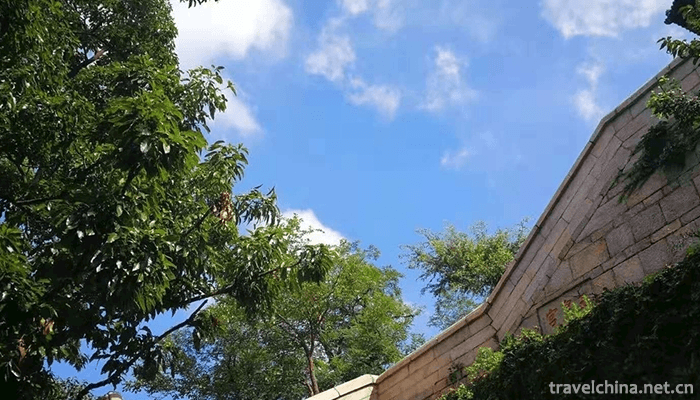
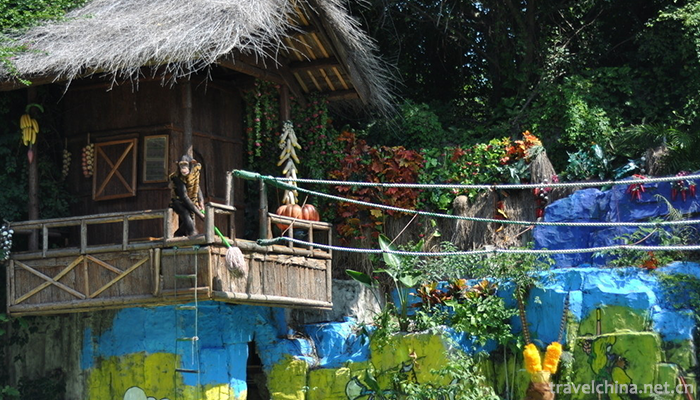

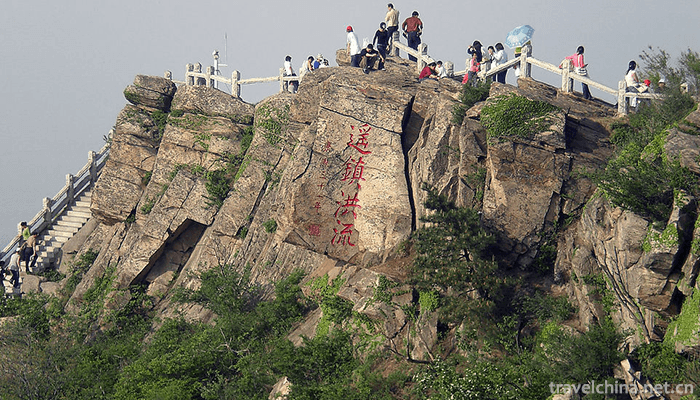
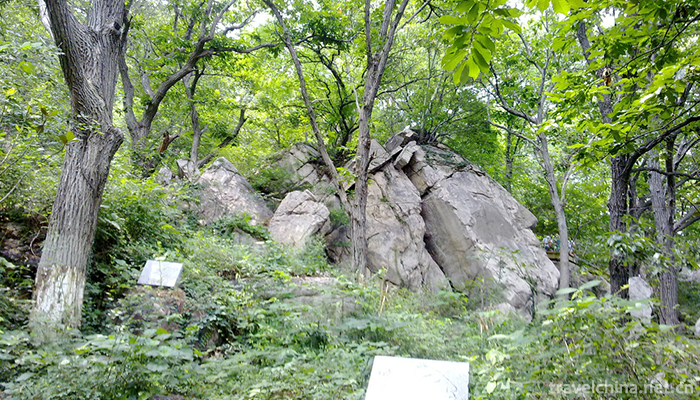
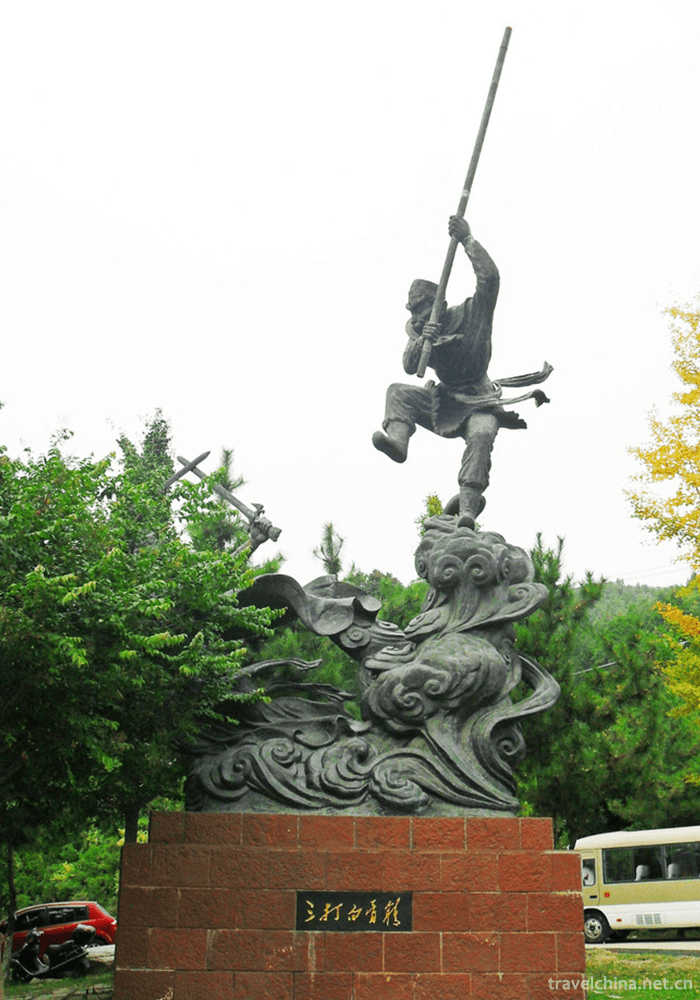
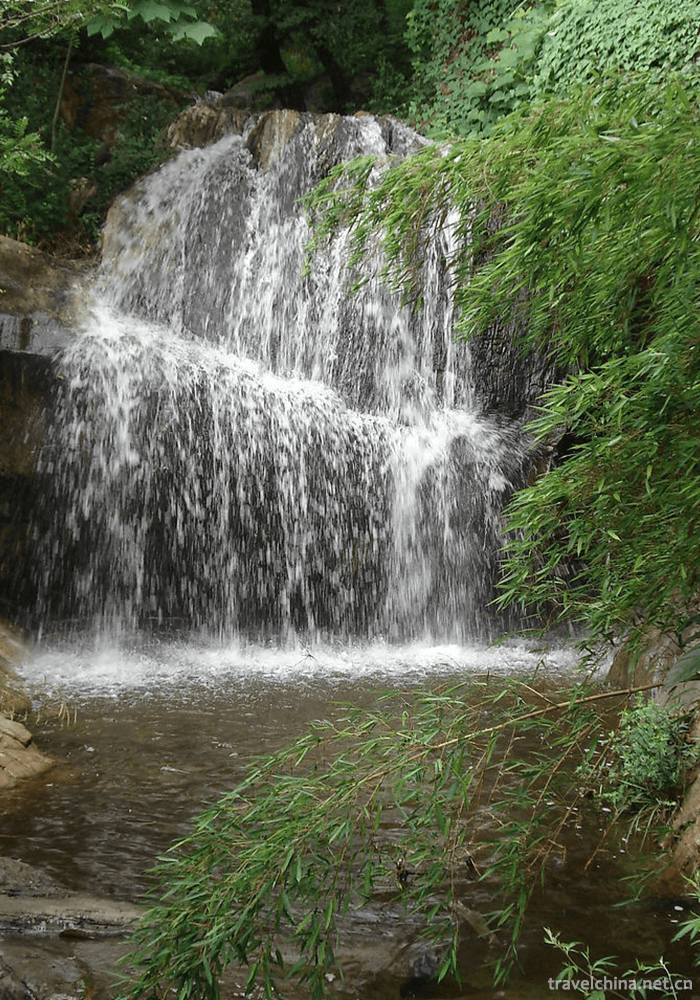
0 Questions
Ask a Question
Your email address will not be published.